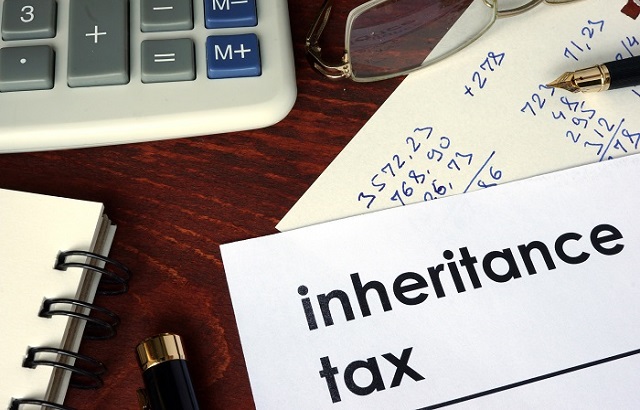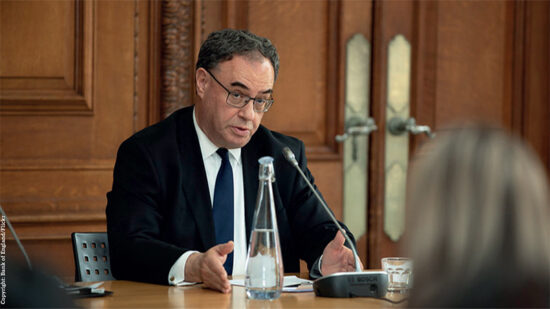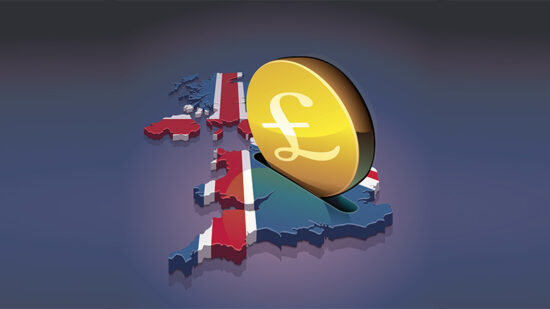HM Revenue & Customs (HMRC) has reported that 41,000 people were liable to paying inheritance tax (IHT) in the 2022/23 financial year.
This has soared 24% compared to 33,000 people the previous year and is now the highest figure in 20 years.
It is also nearly double what it was in the 2018/19 tax year when only 22,000 people paid IHT.
This comes as IHT receipts for April 2022 to March 2023 reached a record breaking £7.1bn ($8.9bn, €8bn), far surpassing the £6.1bn IHT take in the 2021-22 tax year with a £1bn increase.
Frozen thresholds take their toll
David Gibb, chartered financial planner at Quilter: “The inheritance tax take has been experiencing a significant increase, primarily due to the nil rate band (NRB) being frozen, which is set to remain fixed until 2028 meaning we are likely to see more record breaking numbers in the years to come. The consistent rise in house prices has also exacerbated this problem ultimately resulting in more individuals being ensnared by the IHT net.
“The NRB is an essential element of the inheritance tax system, functioning as a tax-free threshold on a person’s estate. Currently, the NRB stands at £325,000, meaning that any estate valued below this threshold is exempt from IHT. However, the NRB has been frozen for several years, which has contributed to the surge in IHT revenue. Adding fuel to the fire is the current double-digit inflation we are experiencing which makes the value of the nil-rate band diminish even more leading to a larger proportion of estates becoming subject to inheritance tax.
“House prices are slowly falling but, they have remained resilient in the face of the cost-of-living crisis so far. During the pandemic as stamp duty was slashed an overheated market meant house prices soared meaning more and more estates surpass the NRB threshold from just their property wealth. Consequently, a growing number of individuals have become subject to the 40% IHT rate, generating an increased tax take for the government, which we can see starkly in today’s figures.
“Many individuals who were once considered ‘middle class’ are now finding themselves liable for inheritance tax, which was typically seen as a tax for the wealthy, simply due to the appreciation of their properties’ values.
“Considering the government has found it has some fiscal headroom, opting to make some changes to inheritance tax such as bringing forward the unfreezing of the nil-rate band should be looked at. While the ailing property market might help lower the number of people liable for IHT in the near future this is a problem that is only going to get worse unless the government assesses its thresholds as a matter of urgency.”








